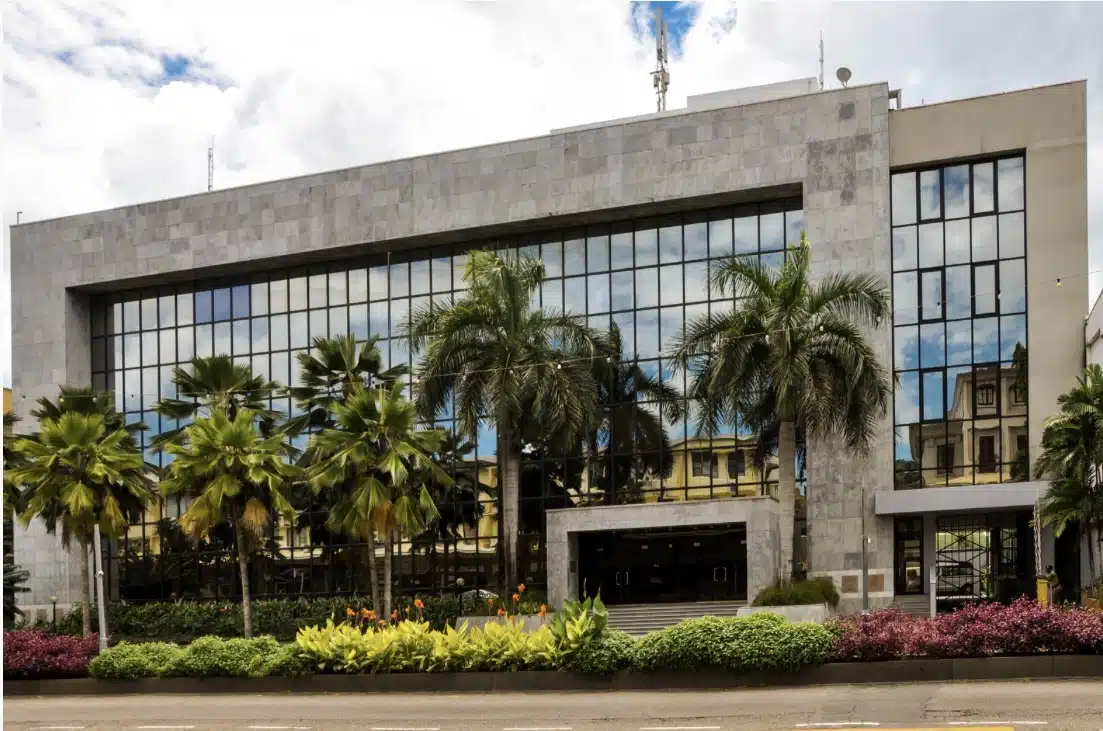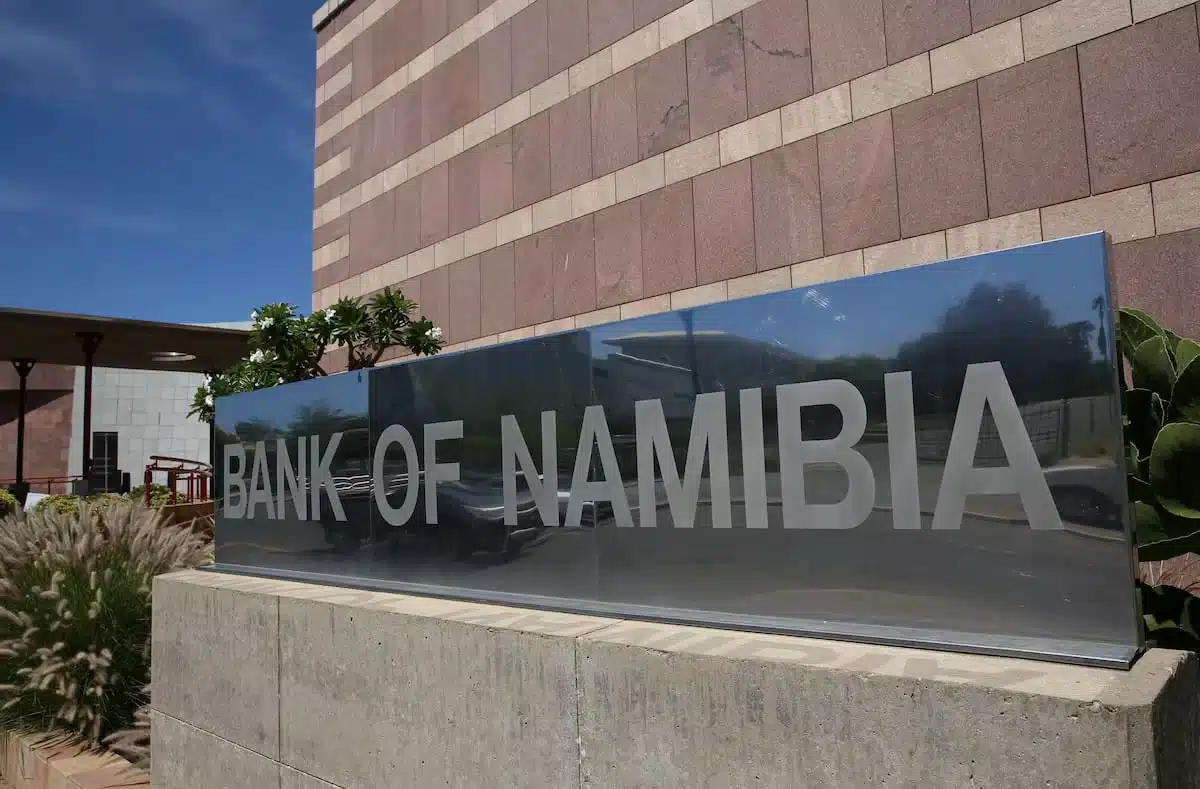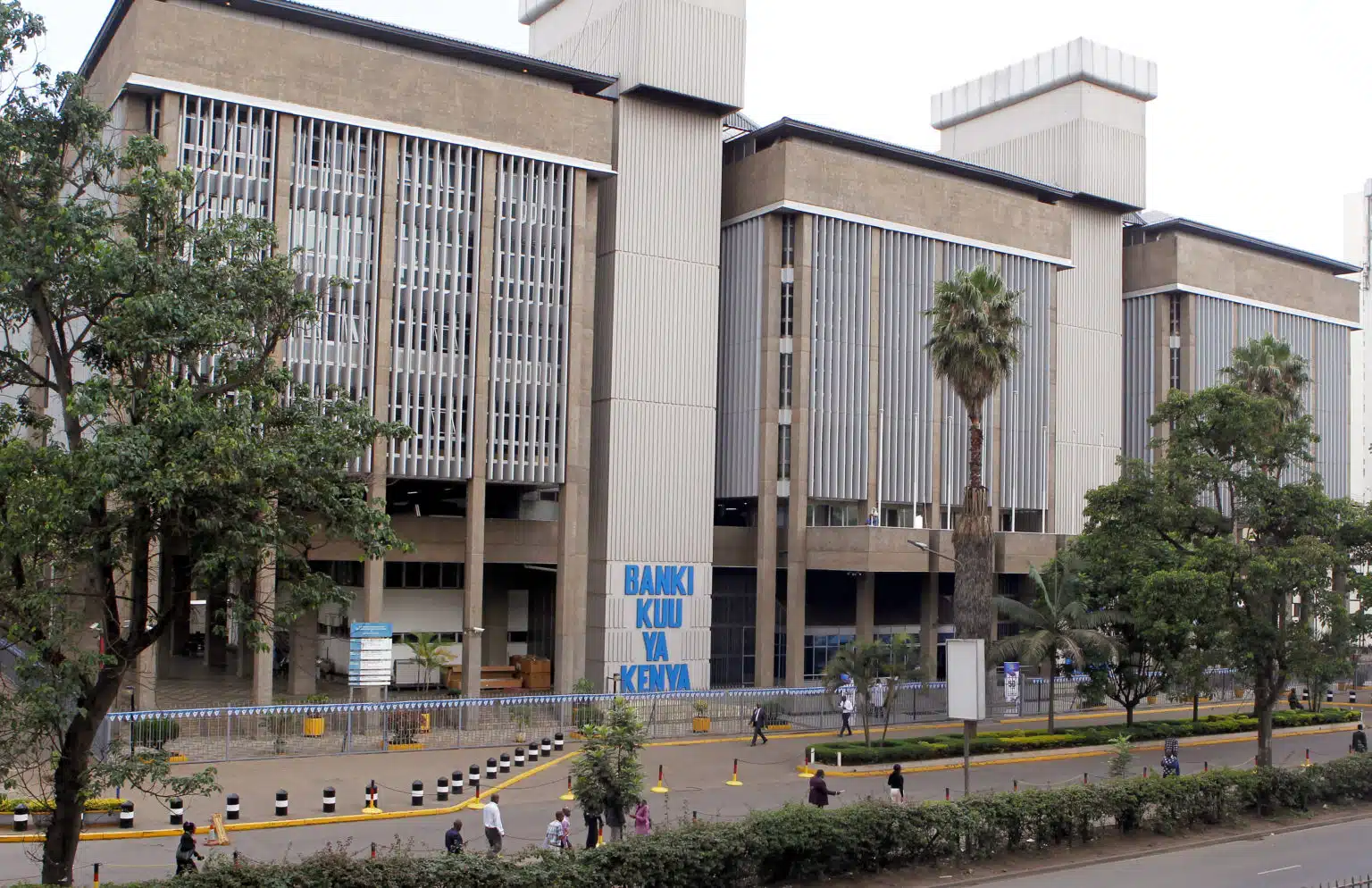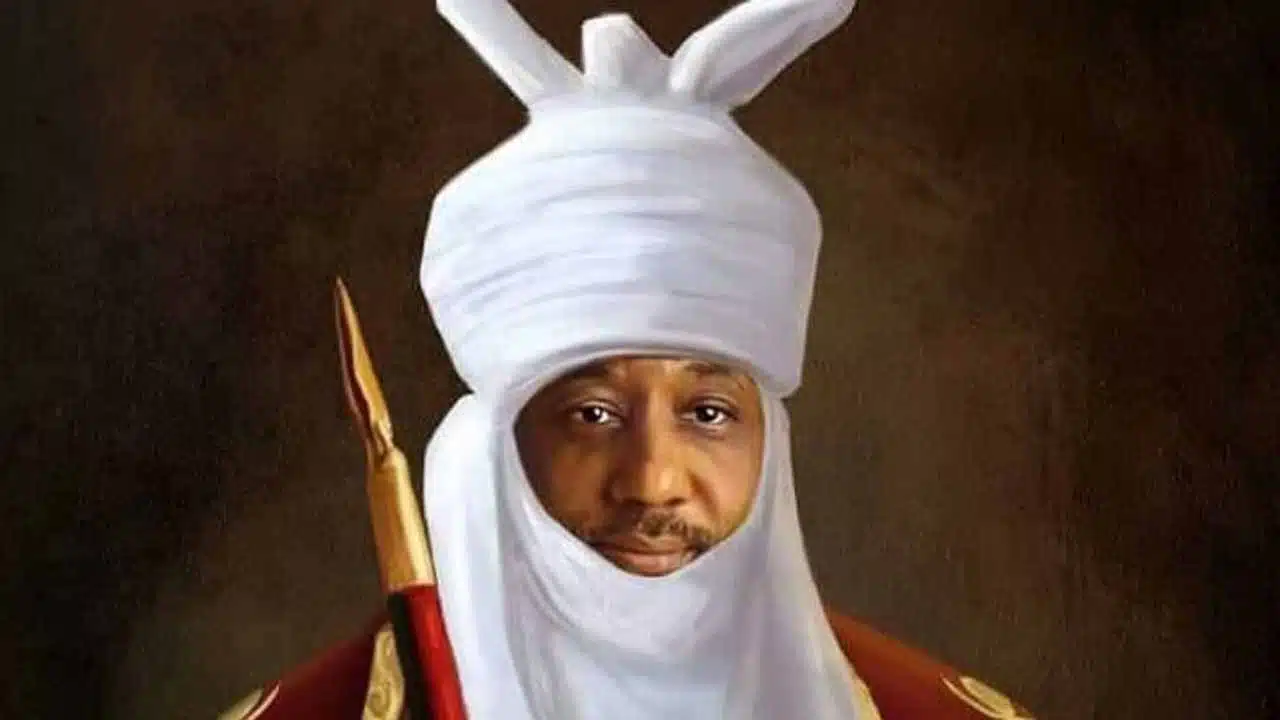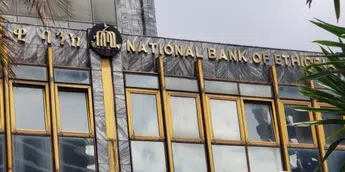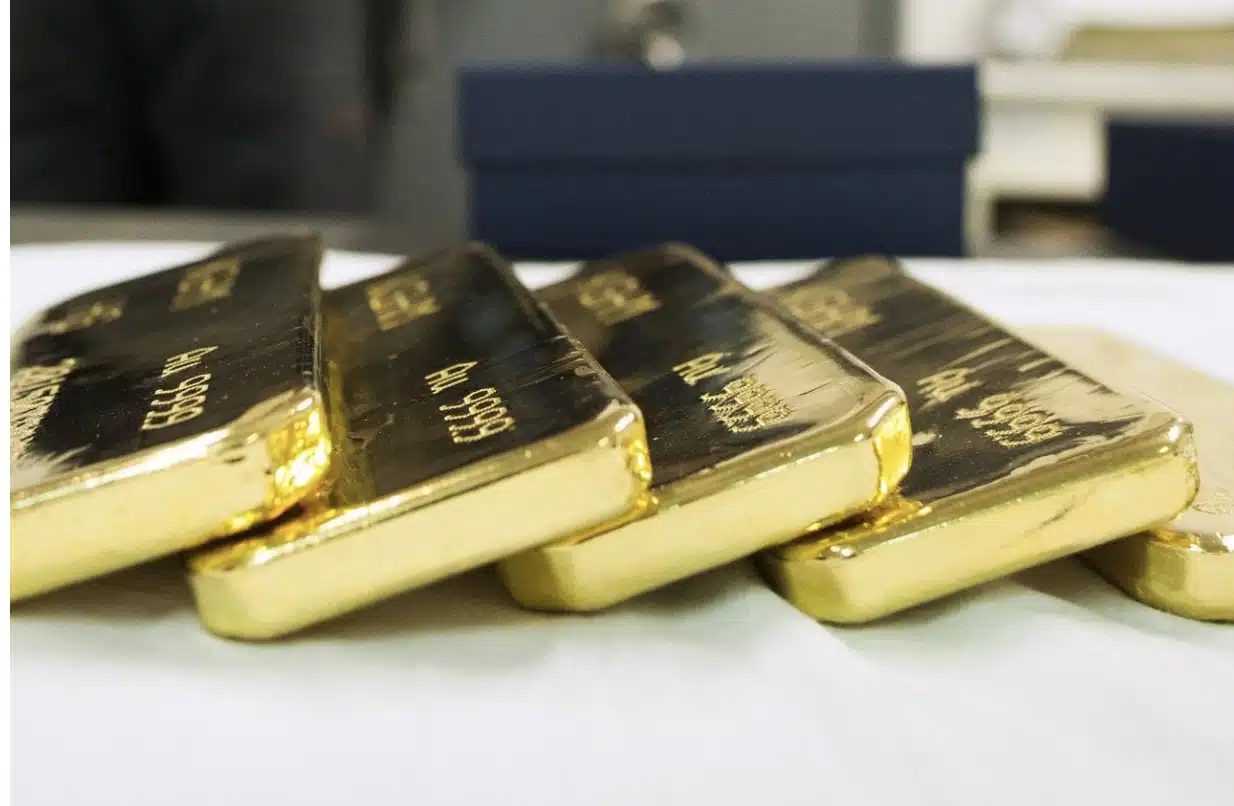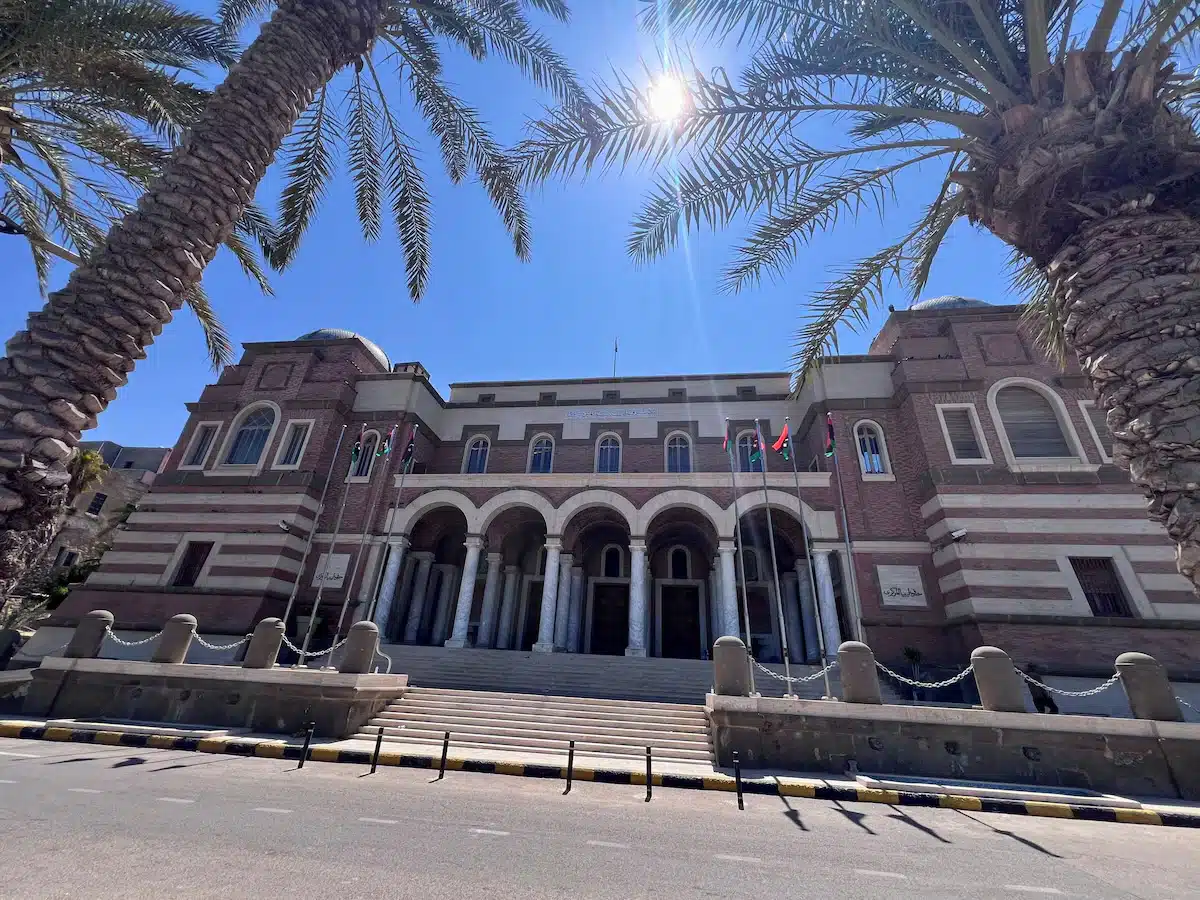The Central Bank of Seychelles has maintained its key policy rate at 1.75% for the fourth consecutive quarter, citing the need to continue supporting domestic growth amid subdued inflation and a stable macroeconomic outlook.
In a statement released last week, the bank said the decision to keep the Monetary Policy Rate (MPR) unchanged followed its Board meeting on September 29, 2025.
“Considering ongoing economic developments and outlook from both the domestic and global fronts, the Board decided to continue providing support to the domestic economy,” the statement said.
The interest rates on the Standing Deposit Facility and Standing Credit Facility were also held at 0.25% and 3.25%, respectively.
However, the central bank took a complementary step to ease liquidity conditions by lowering the Minimum Reserve Requirement (MRR) on rupee-denominated deposits from 13% to 10%, effective October 8.
The bank said the adjustment “will allow for a liquidity buffer and provide the scope for increased credit to support economic activity.”
The latest decision reinforces Seychelles’ status as having the most accommodative monetary policy in Africa. Botswana and Morocco follow closely at 1.9% and 2.25% respectively.
Inflation remains subdued
The Indian softest island nation also continues to post one of the lowest inflation readings on the continent.
According to the central bank, year-on-year inflation stood at 0.5% in September, while the 12-month average inflation rate remained at 0.6% for the ninth consecutive month.
The inflation path in 2025 showed a sharp moderation from the previous year, aided by a policy-induced reduction in electricity tariffs introduced in January.
Headline inflation, which stood at 1.7% in December 2024, dipped into technical deflation in February (-0.09%) and March (-0.04%) before rebounding slightly in mid-year.
The decline in international fuel prices and global freight costs also helped to keep domestic prices stable, even as imported food prices rose and the rupee weakened against major currencies.
Tourism and external balance
Economic activity remains largely driven by tourism, the country’s main source of foreign exchange.
Both supply and demand for foreign currency have risen compared with last year, although the rupee has softened slightly. Foreign reserves stood at $801 million at the end of 2024, equivalent to 3.9 months of import cover.
The International Monetary Fund projects that the economy will accelerate by 3.2% in 2025 up from 2.9% in 2024 as inflation stabilises at 1.2%, noting that the current accommodative stance supports growth.
The central bank said it “remains vigilant and stands ready to adjust its policies if necessary” amid global uncertainty and evolving commodity prices.

